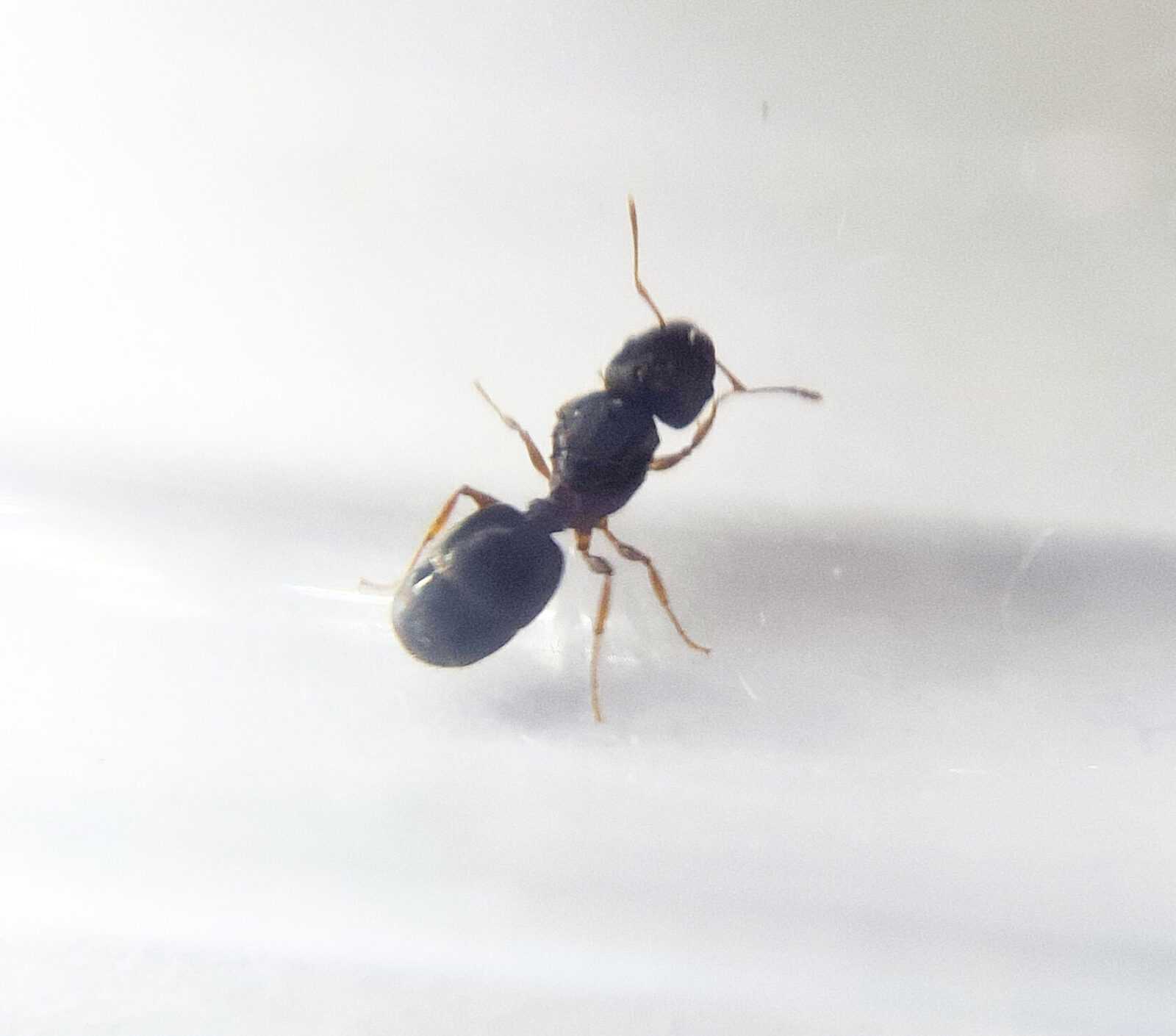Pheidole nigeriensis: The Incredible Ant Colony
Colony Type: Polygyny
Pheidole nigeriensis is a remarkable ant species known for its **polygynous** colony structure. Polygyny refers to a colony that has multiple reproductive queens. This unique characteristic sets Pheidole nigeriensis apart from other ant species, as it allows for greater reproductive capabilities and colony expansion. **Learn more about the Pheidole nigeriensis ant species** on our [Ants](https://antontop.com/ants/) page.
Colony Size: Up to 20,000 Workers
The Pheidole nigeriensis colony can reach impressive numbers, with up to 20,000 worker ants. This large workforce enables them to efficiently forage for food, defend their territory, and care for their brood. The sheer size of these colonies is a testament to the success and adaptability of Pheidole nigeriensis as a species.
Development Speed: Fast
Pheidole nigeriensis ants have a fast development speed, allowing the colony to grow rapidly. The queen is capable of laying a large number of eggs, which hatch into worker ants within a relatively short period of time. This speedy development ensures the colony’s strength and survival in a competitive environment.
Size and Appearance
Queen: 6.5-8 mm
Workers: 2.5-4 mm
Majors: 4-5.5 mm
Pheidole nigeriensis ants come in various sizes, with the queen being the largest at 6.5-8 mm in length. The workers are smaller, ranging from 2.5-4 mm, while the majors, which are specialized ants with larger heads, measure 4-5.5 mm. The ants’ brown color can vary in intensity, giving them a distinctive appearance.
Nutrition: A Varied Diet
Pheidole nigeriensis ants have specific dietary needs to support their growth and wellbeing. Their diet consists of:
- Food insects such as cockroaches and crickets, which provide essential proteins
- Syrup made from a mixture of water and honey, with a ratio of 4:1
- Fruits and vegetables for additional nutrients
- Jelly as a source of energy
- Cooked chicken without salt for a protein-rich treat
Providing a varied diet ensures that Pheidole nigeriensis ants receive all the necessary nutrients to thrive and maintain a healthy colony.
Environmental Conditions
Humidity
Pheidole nigeriensis colonies require specific humidity levels for optimal growth and functioning:
- Arena: The surrounding area where the ants forage should maintain a humidity level of 50-70%.
- Nest: The nest itself should have a humidity level of 50-80% to ensure a suitable environment for the brood.
Temperature
Proper temperature regulation is crucial for the wellbeing of Pheidole nigeriensis ants:
- Arena: The foraging area should be maintained between 21-30 °C to provide a comfortable and favorable environment for the ants.
- Socket: The nest temperature should be kept between 24-30 °C to support brood development and colony activities.
By maintaining the appropriate humidity and temperature levels, you can create an ideal habitat for your Pheidole nigeriensis colony.
Special Features and Recommended Nests
Agressive Army and Beautiful Polymorphism
Pheidole nigeriensis is known for its aggressive behavior and remarkable polymorphism. Polymorphism refers to the existence of different physical forms within a single species. In the case of Pheidole nigeriensis, this means that there are distinct castes within the colony, with specialized ants fulfilling different roles.
Recommended Nests for Breeding
When breeding Pheidole nigeriensis ants, it is important to provide them with suitable nests. The following nest types are recommended:
- Acrylic nests are a popular choice due to their transparency, allowing for easy observation of the ants’ activities.
- Cork nests provide a natural and organic nesting environment, mimicking the ants’ natural habitat.
- Plaster nests offer a robust and durable option, providing a stable home for the colony.
- Aerated concrete nests are known for their insulating properties, helping to maintain stable temperature and humidity levels.
By providing the recommended nests, you can create a comfortable and secure environment for your Pheidole nigeriensis colony to thrive and flourish.
Conclusion
Pheidole nigeriensis is an incredible ant species with its unique polygynous colony structure, large colony size, and fast development speed. Their diverse sizes and stunning polymorphism make them captivating to observe. By providing the right nutrition, humidity, and temperature conditions, as well as suitable nests, you can ensure the growth and success of your Pheidole nigeriensis colony. Create a thriving ecosystem with these amazing ants and witness the wonders of their behavior and social structure.

















Reviews
There are no reviews yet.